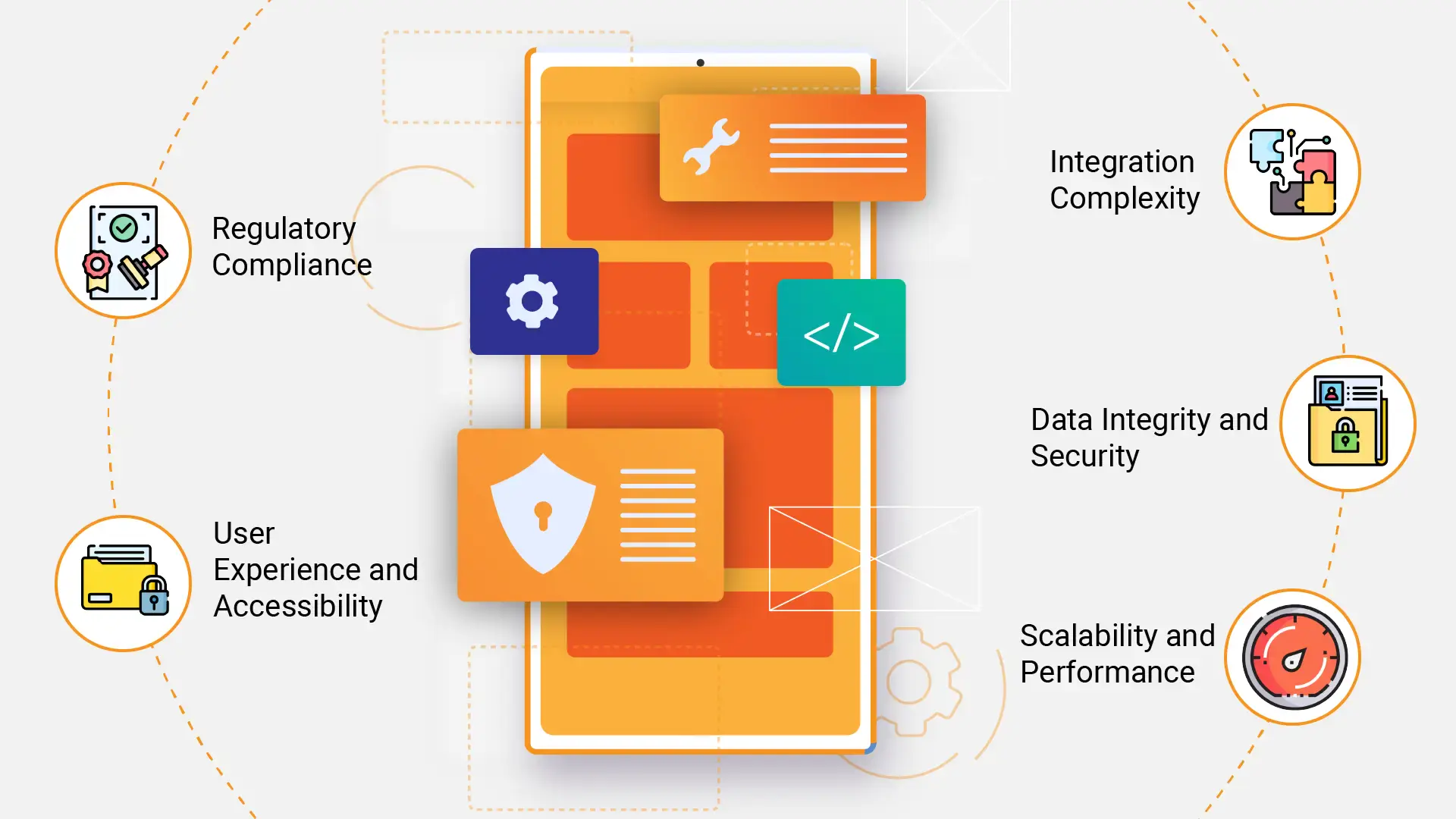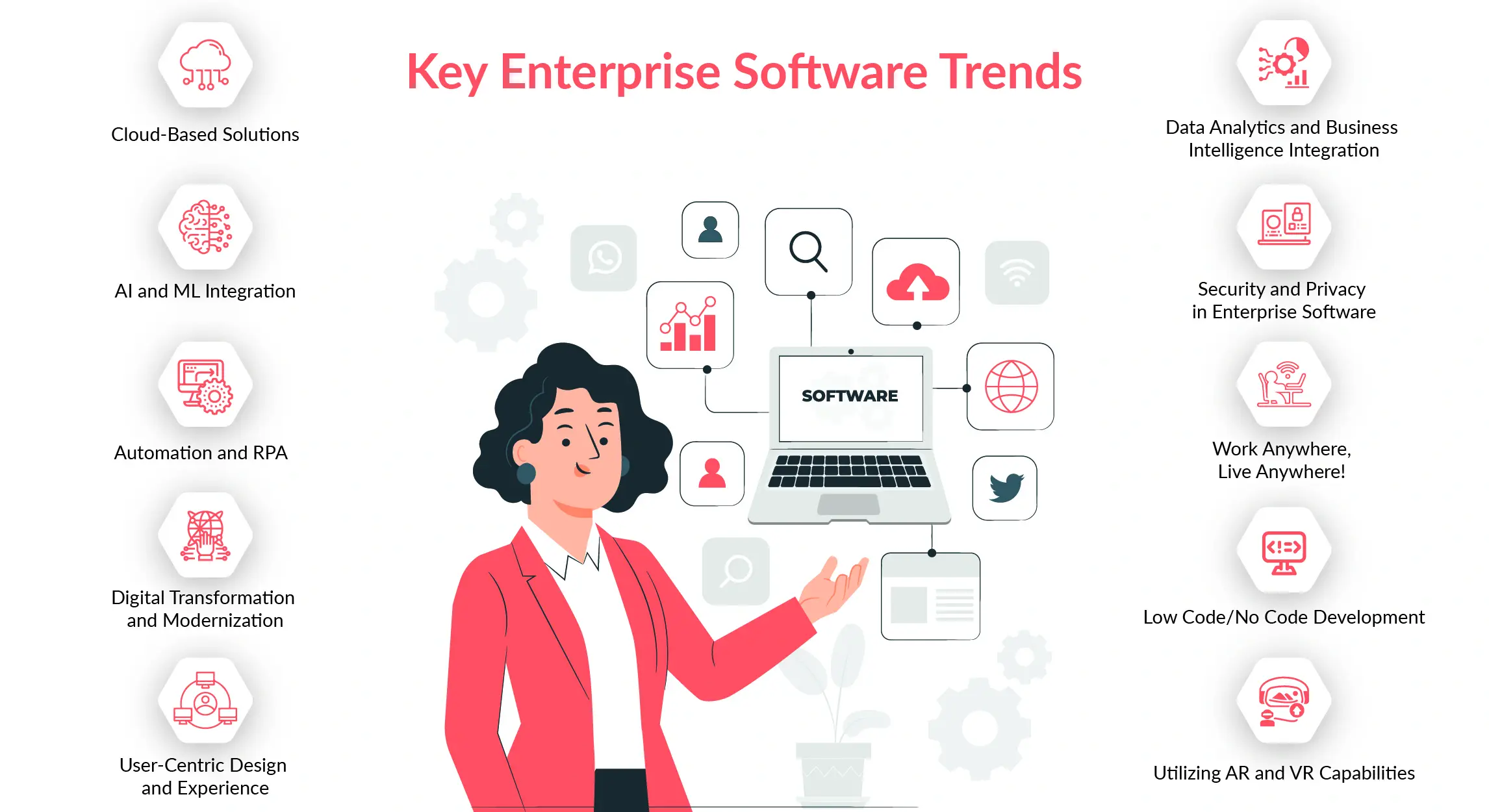Understanding Cloud Management Tools
Cloud management tools are software solutions designed to manage cloud resources and services efficiently. They enable organizations to monitor, allocate, and optimize their cloud infrastructure, ensuring that they get the most value from their investments. By integrating these tools into daily operations, businesses can achieve greater visibility and control over their cloud environments.
Key Benefits of Using Cloud Management Tools
Implementing cloud management tools can transform various aspects of business operations. Here are some of the primary benefits:
- Increased Efficiency: Automating routine tasks such as resource allocation and monitoring reduces the time employees spend on manual processes.
- Cost Savings: By optimizing resource usage, businesses can significantly lower their cloud expenditure, avoiding overspending on unutilized resources.
- Scalability: Cloud management tools allow businesses to scale their resources up or down based on demand, providing flexibility in operations.
- Enhanced Security: These tools often come with built-in security features that help protect sensitive data and ensure compliance with regulations.
- Improved Collaboration: Cloud management solutions facilitate better collaboration among teams by providing access to shared resources and applications.
Best Practices for Optimizing Business Operations with Cloud Management Tools
To fully leverage the advantages of cloud management tools, businesses should consider the following best practices:
1. Choose the Right Tools
Not all cloud management tools are created equal. It’s essential to evaluate your business needs and select tools that align with your operational goals. Popular options include AWS CloudFormation, Microsoft Azure Management, and Google Cloud Console. Each of these tools offers unique features tailored to different business requirements.
2. Centralize Management
Centralizing the management of cloud resources can lead to significant efficiency gains. Utilizing a single platform to monitor and manage all cloud services reduces complexity and enhances visibility. This approach also simplifies reporting and compliance, making it easier to track resource usage and costs.
3. Automate Processes
Automation is a key feature of many cloud management tools. Automating repetitive tasks such as backups, scaling, and updates can save time and reduce the risk of human error. Implementing automation helps teams focus on more strategic initiatives rather than getting bogged down in routine operations.
4. Monitor Performance
Regular monitoring of cloud performance is crucial for identifying bottlenecks and inefficiencies. Utilize built-in analytics features within your cloud management tools to gain insights into resource utilization, application performance, and user activity. This data can guide decision-making and help optimize operations.
5. Implement Cost Management Strategies
Cost management is a crucial aspect of optimizing business operations with cloud management tools. Establish budget alerts and analyze spending patterns to identify areas where savings can be made. Many cloud management tools offer cost management features that provide detailed insights into expenditure.
6. Ensure Compliance and Security
Security should be a top priority when managing cloud resources. Leverage the security features of your cloud management tools to implement robust access controls, data encryption, and compliance monitoring. Regular audits can help ensure that your cloud infrastructure remains secure and compliant with industry regulations.
Impact of Cloud Management Tools on Business Operations
The following chart illustrates the impact of implementing cloud management tools on various aspects of business operations:
| Operational Aspect | Before Implementation | After Implementation |
|---|---|---|
| Resource Utilization | 65% | 90% |
| Operational Costs | $150,000 | $100,000 |
| Time Spent on Manual Tasks | 40 hours/week | 20 hours/week |
| Security Incidents | 5/month | 1/month |
Conclusion
Optimizing business operations with cloud management tools is a strategic move that can lead to enhanced efficiency, cost savings, and improved security. By adopting best practices such as selecting the right tools, centralizing management, and leveraging automation, businesses can transform their operations and achieve greater success. As the cloud landscape continues to evolve, staying informed and adaptable will be key to maximizing the benefits of these powerful tools.








